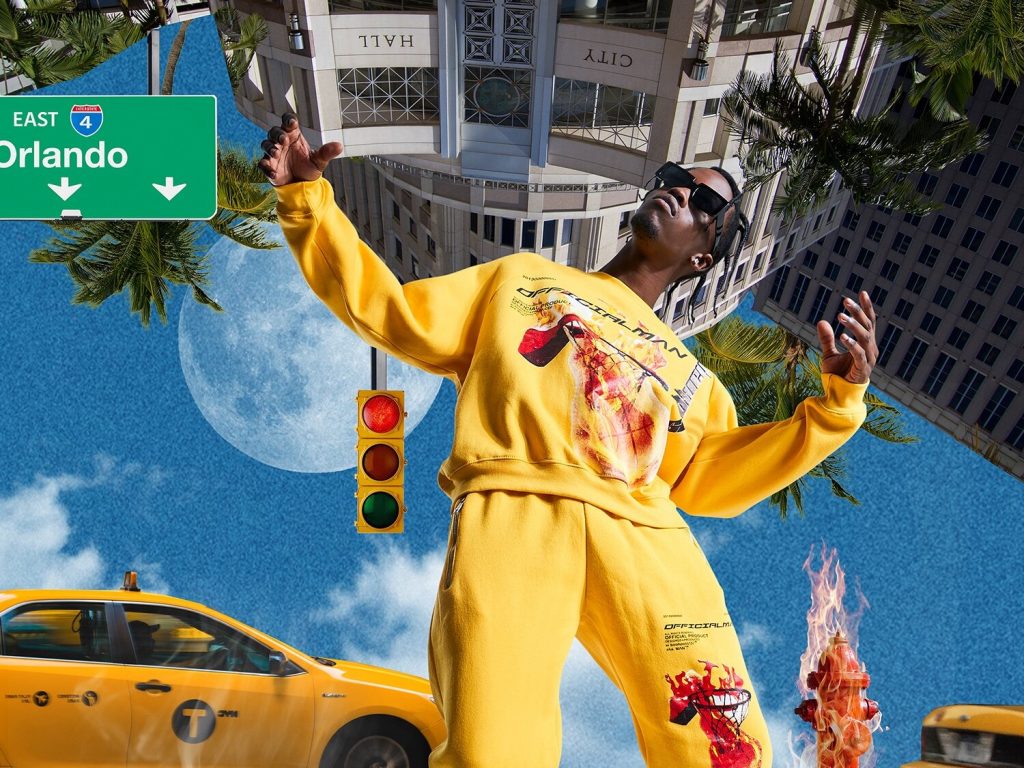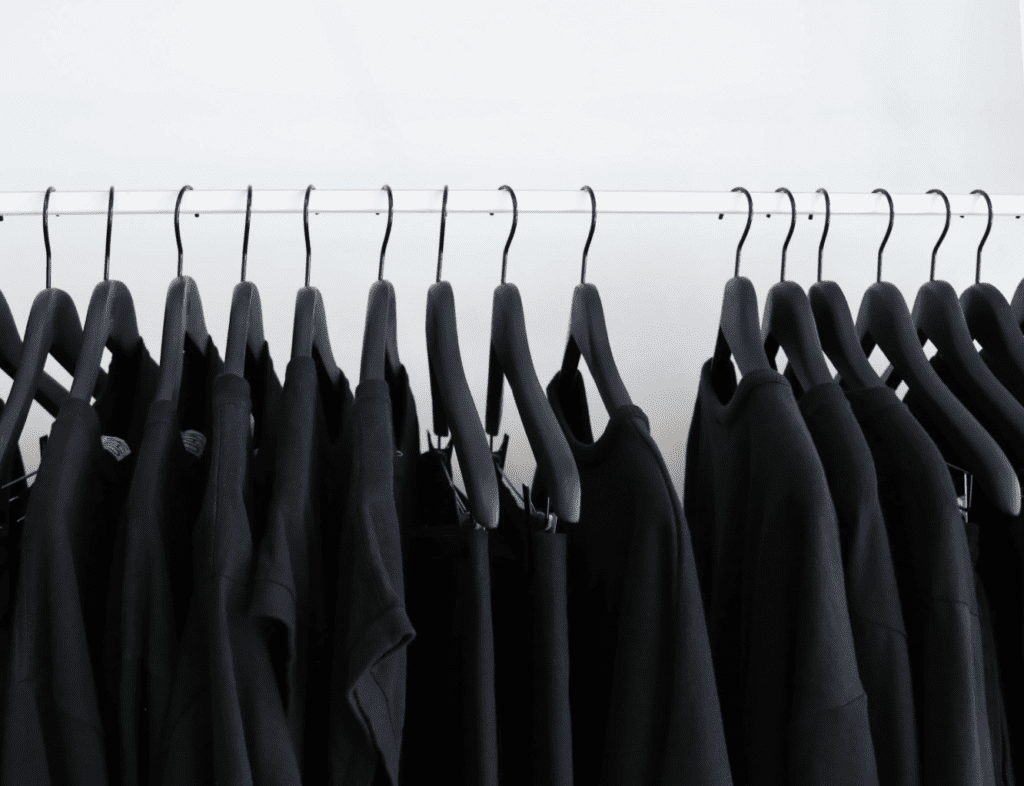Last summer, revelations that garment workers in Leicester, a city in central England, who were making trendy wares destined for Boohoo – whose marquee brand introduces 100 new styles to its e-commerce site on a daily basis – were being paid as little as £3.50 ($4.39) per hour to do so made headlines around the world, shedding light on the ugly underbelly of one of the market’s hottest mass-market fashion companies. In response to widespread media attention and at least one major shareholder offloading the majority of its position in the company, the Manchester-based retailer vowed to clean up its act.
Among other things, the beleaguered retail group – which owns Nasty Gal, PrettyLittleThing, and its namesake Boohoo label, among others, such as the recently-acquired high street brand Debenhams – announced last month that it would adopt a new audit model aimed at cracking down on abuses within its supply chain. “Suppliers are visited more often, and subcontracts have been removed,” the company said in a statement on July 30 of its improved efforts. Beyond that, “Products can only be purchased from the approved supplier list, [and] required whistleblower helplines are in place at all suppliers.”
Yet, Boohoo’s supply chain is still rife with issues, according to a new report, which claims that the 15-year-old company’s new “audit and enforcement approach to clamping down on workforce exploitation is not working due to the fact that factory bosses are getting really creative and innovative in how they hide it.”
In connection with an ongoing investigation, British anti-slavery non-profit Hope of Justice revealed that in at least one Boohoo supplier factory, laborers are paid a minimum wage, at least initially and according to their payment documentation. The alleged problem, however, is that such pay is swiftly cut, and laborers are assigned an amount of money they have to “withdraw in cash and return to the factory,” Sky News reports. At least one individual working in a Boohoo supplier factory says that she has repaid “hundreds of pounds” since the factory began clawing back workers’ pay earlier this year.
Before Boohoo’s audit crackdown, the same unnamed individual says that she was earning £5.50 per hour, noting that this new system began after Boohoo insisted that staff were paid the minimum wage, which – as of 2021 – ranges from which ranges from £4.62 and £8.91 depending on an individual’s age. In the wake of these new allegations, Boohoo Group says that it is investigating whether its crackdown on labor exploitation has driven poverty-pay offenses further underground.
Shein’s Labor Issues
Boohoo is not the only fast fashion brand in hot water over its labor conditions as of late. Burgeoning Chinese fast fashion empire Shein is not only facing flak for allegedly failing to make public disclosures about working conditions along its supply chain that are required by modern slavery laws in the United Kingdom and Australia; “until recently,” the company “stated on its website that conditions in the factories it uses were certified by international labor standards bodies” when no such certification exists.
In a report on Friday, Reuters revealed that by failing to “provide a statement on a searchable link available on a prominent place on its home page, dated to a financial year and signed by a director, outlining the steps it is taking to prevent modern slavery in its supply chain,” Guangzhou, China-headquartered Shein is running afoul of the UK’s Modern Slavery Act 2015, which requires that, among other things, qualifying companies prepare – and make publicly available – an annual statement of the steps taken to ensure slavery and human trafficking are absent from their operations and supply chains.
Shein is also allegedly failing to abide by similar rules in Australia, which requires certain qualifying companies to file an annual statement with the Department of Home Affairs and Australian Border Force for publication that describes the risks of modern slavery in their own business and supply chains, and that clearly states what they are doing to help combat those risks.
Both Boohoo and Shein have garnered consumer pushback as a result of their labor exploitation, particularly given growing consumer awareness of – and demand for transparency when it comes to – the supply chain issues that are commonly tied to fast fashion, and other types of apparel manufacturing, as well. While there is a growing prioritization of sustainability-centric wares and businesses in the fashion space, at least in principle, among younger consumers, the market for fast fashion as a whole is growing, nonetheless, with Business Research Company putting the value of fast fashion in 2020 at $25.09 billion in 2020, and an expected total value of $30.58 billion by the end of 2021 and $39.84 billion by the end of 2025.
The London-based market research puts the Asia Pacific region as contributing the greatest percentage of sales in the fast fashion market (29.7 percent) as of 2020, followed by North America and Western Europe. Going forward, it expects that South America and the Middle East will be fastest-growing regions in terms of fast fashion sales, followed by Africa and Eastern Europe.
Meanwhile, in the U.S., Earnest Research cited growth of 15 percent in the domestic fast fashion market between January and mid-June 2021. Despite enduring interest among millennial and Gen-Z consumers in slower more “sustainable” fashion, the market research firm expects that the leaders in the space, including the likes of Shein, will grow further in light of the rising penetration of online apparel sales, and mobile-first models. The affordability of their wares, particularly in the novelty-driven Instagram era, and the scale of sizing (Shein offers a much broader range of sizes than most apparel retailers) is also slated to help these brands continue to see significant growth going forward.
5 Questions for Retailers
With increasing attention being paid to the workings of retailers’ supply chains, which have also come under the microscope in connection with allegations of human rights abuses in Xinjiang, China, and in light of the “vast scope of raw material and products and the range of sourcing, production, and manufacturing geographies” that tend to comprise a retailer’s supply chains, DLA Piper attorneys Laura Ford, Jonathan Eatough and Daniel D’Ambrosio state that “retail business will be among those most exposed to increasing liability in this space.” In addition to regulatory issues, brands are also likely to face “increasingly sophisticated investor demands driven by evolving sustainability risk disclosure requirements for investors, shareholders and lenders.”
With that in mind, and although retail businesses will almost certainly have supply chain due diligence protocols in place, Ford, Eatough, and D’Ambrosio, nonetheless, encourage them to consider these five key questions as they evolve their approach …
Strategy and governance: Does the company’s sourcing strategy align with its overall corporate strategy, and is this reflected in supply chain and sourcing policies and risk protocols?
Risk protocols and prioritization: Are risk protocols effective to identify potential misconduct at both tier one and lower tiers of the supply chain in line with internationally recognized standards and best practice?
Sourcing contracts: Are compliance protocols being passed down to subcontractors as required under mandatory contract provisions and are context-specific key performance indicators used to enable more flexible objectives to be set and managed outside strict contractual requirements. For instance, positive incentives to drive continuous improvement or specify remedial outcomes as well as punitive measures for failure to perform to a minimum acceptable standard?
Incident response and crisis management: Are incidents flagged and investigated even where they arise beyond direct sourcing relationships?
Disclosure: Is disclosure framed by reference to the overall sustainable sourcing strategy and prioritization of risks to ensure a consistent and factual narrative used to manage stakeholder relationships, especially in response to incident reporting?











